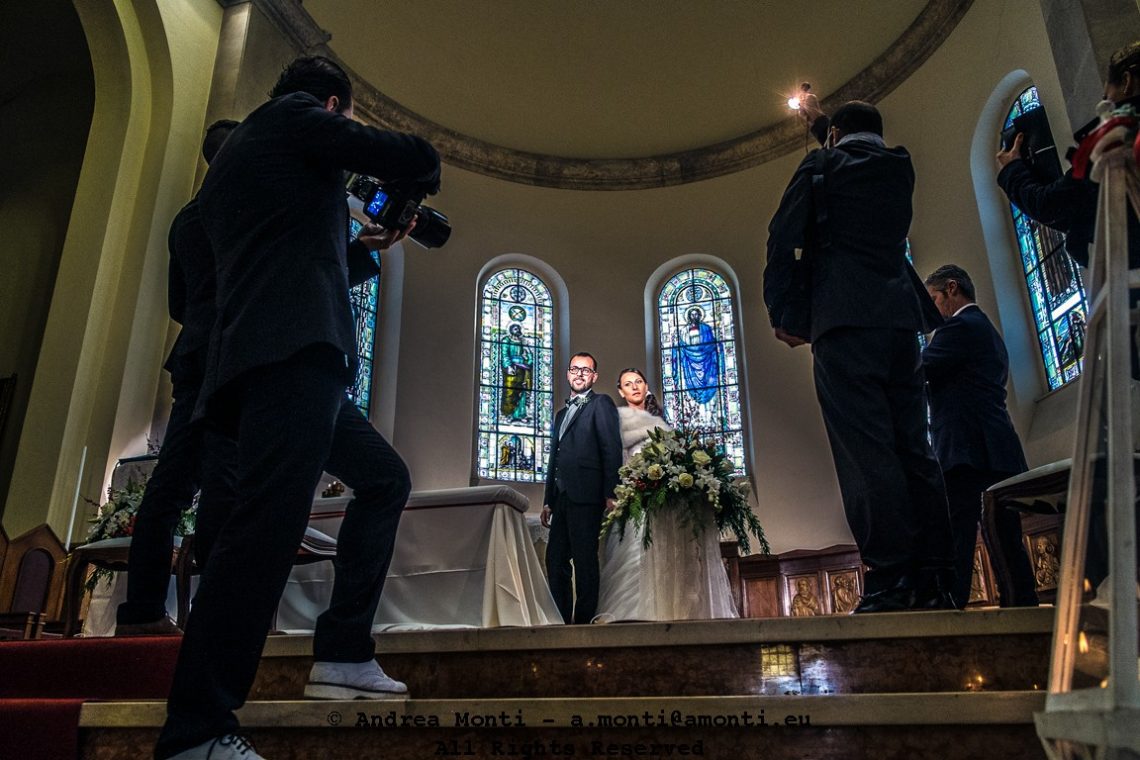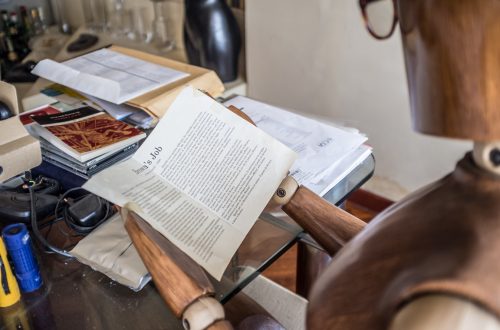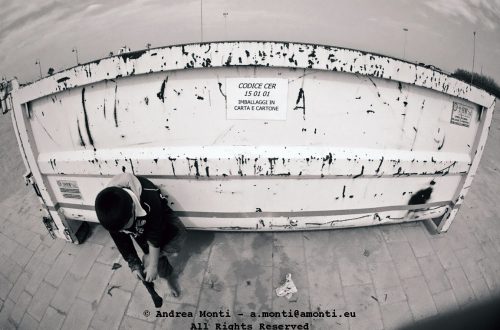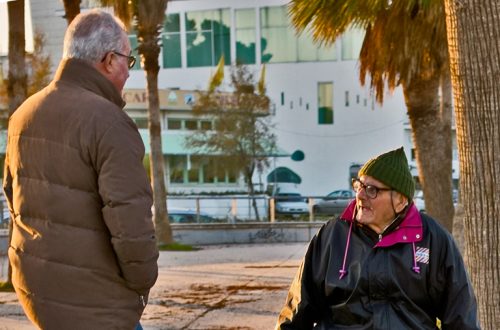
Freeze!
A word. A command. A moment suspended.
The photograph captures a wedding not through its sentiment, but through its construction. The couple stands solemn, framed by stained glass and garlands, their faces lit by artificial flashes more than divine glow. “Freeze,” the photographer says. But the word travels further—it crystallises not just the posture, but the entire choreography around them.
Like statues in a contemporary ritual, the photographers orbit in silence. Each holds their position, camera drawn like a weapon against time. The irony: in freezing the subjects, they too must freeze. Each frame they take is built on the shared stillness of others.
The sacredness of the altar competes with the secular theatre of documentation. The lens intrudes, asserts, and sanctifies all at once. The bride and groom aren’t just becoming a married couple—they are becoming an image.
This is not a stolen shot—it is a staged silence. But it is also a meta-moment: a ceremony within a ceremony, where the act of taking the picture becomes as significant as the picture itself.
In the age of optics, even love must pose.




